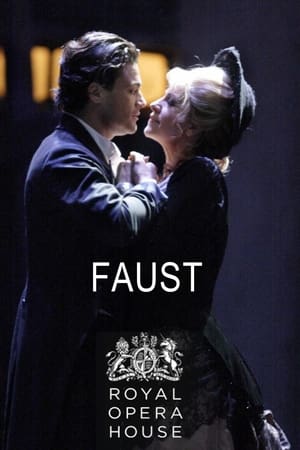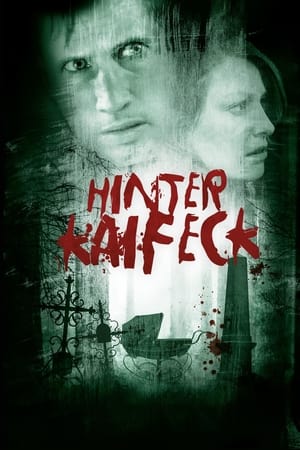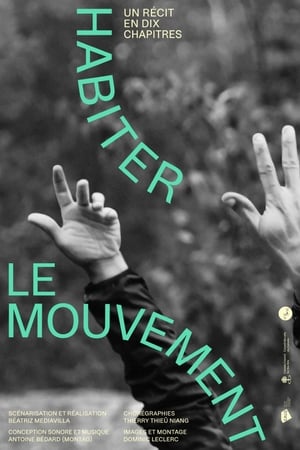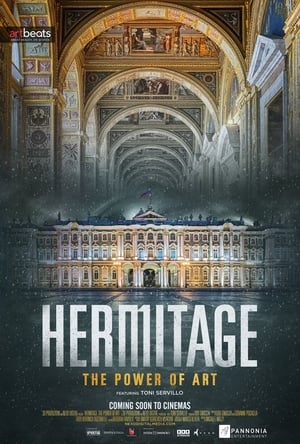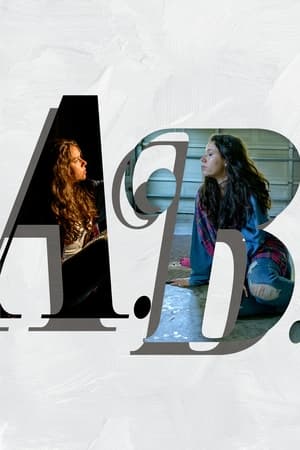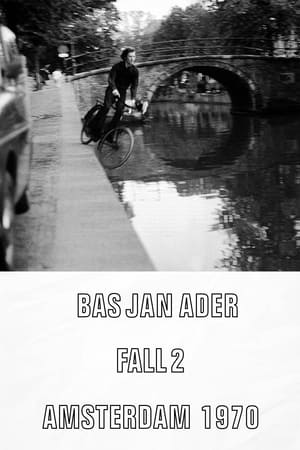

Screen Test: Ethel Scull(1964)
16mm, black and white film, silent, 4:30 min.
Movie: Screen Test: Ethel Scull
Top 1 Billed Cast
Herself

Screen Test: Ethel Scull
HomePage
Overview
16mm, black and white film, silent, 4:30 min.
Release Date
1964-10-15
Average
4
Rating:
2.0 startsTagline
Genres
Languages:
Keywords
Recommendations Movies
Henry in Bathroom(en)
Henry Geldazhler was the first curator of 20th-century art at the Metropolitan Museum of Art, and during the early 1960s, was a close friend and confidante of Warhol.
 10.0
10.0Apartment Wife: Agony Afternoon(ja)
A young couple and his wife's sister live in a housing complex. When her wife becomes suspicious of the relationship between her husband and her sister, she falls into an unexpected trap.
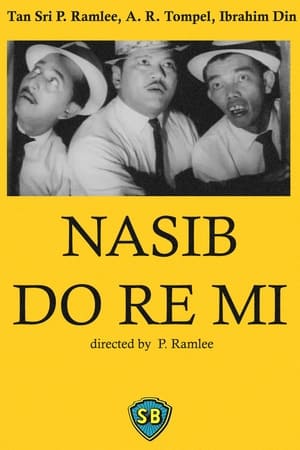 6.7
6.7Nasib Do Re Mi(ms)
Do, Re and Mi in this sequeal tells the tale of a group of gangsters who are planning to rob a bank. So they use this oppurtunity to con them out of it and capture them at the same time. Many comedic memorable moments are carried out through the movie.
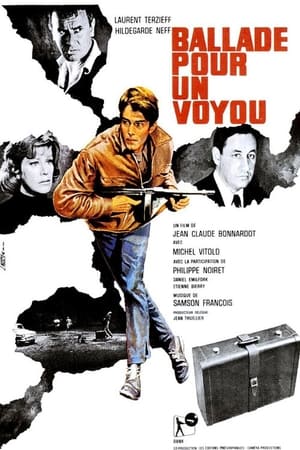 5.8
5.8Ballad for a Hoodlum(fr)
Vincent Vivant agrees to Stephan the spy's proposal: he is to cross the border with a mysterious suitcase.
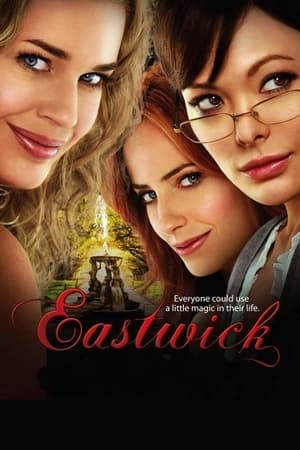 6.0
6.0The Witches of Eastwick(en)
An unsold TV series pilot about three single witches living together who try to conjure up their idea of the "perfect man." One day, their wish comes true when a seemingly perfect man named Darryl Van Horne moves into town and sweeps them off their feet by making all their dreams come true. However, they soon realize that "perfect" isn't exactly the best word to describe their devilish new man after strange and unexplainable incidents begin occurring. The pilot was inspired by both John Updike's original novel and the 1987 movie that followed.
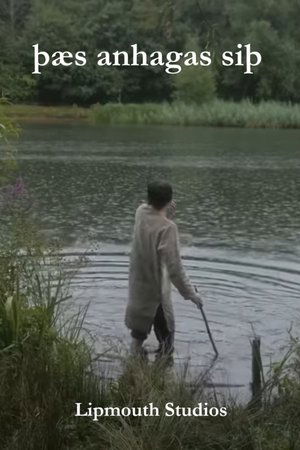 7.0
7.0Þæs Anhagas Siþ(en)
Bealdric has lost his house. Rather than live in an undignified situation, he has made the decision to live on the holt. From the beginning, he knows that he is out-of-place.
Korla(en)
Organist Korla Pandit was an alluring enigma, a television pioneer and the godfather of exotica music. He never spoke a word on 900 episodes of his groundbreaking 1950s TV program but captured the hearts of countless Los Angeles housewives with his soulful, hypnotic gaze and theatrical performance of popular tunes and East Indian compositions on the newly developed Hammond B3 organ. In the ’90s he resurfaced as a cult figure with the tiki/lounge music aficionados and ended up immortalized in the film Ed Wood. Often pegged as a “man of mystery,” Korla lived up to that billing when he took an amazing secret with him to his grave in 1998—one that is finally revealed in KORLA.
 6.9
6.9The Life of Reilly(en)
The Life of Reilly is a 2006 American film adaptation of actor Charles Nelson Reilly's one-man play Save It For the Stage: The Life of Reilly. Written by Reilly and Paul Linke, and directed by Frank L. Anderson and Barry Poltermann, the film is an edited version of Reilly's much longer stage show, filmed live before audiences at the El Portal Theater in North Hollywood, California in October 2004. The final film is compiled from Reilly's final two performances, interspersed with clips, images and music.
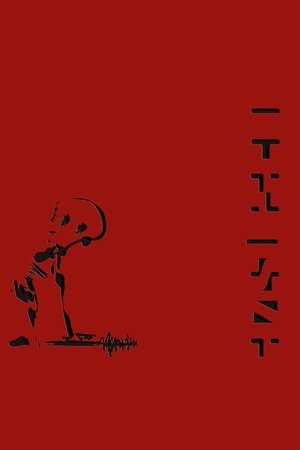 10.0
10.0Oceansize: Frames(de)
In May 2008, Oceansize re-released their album Frames with an accompanying DVD, featuring a full performance of the album, a documentary focusing on the making of the album, and various live tracks. The package also includes an Oceansize sticker.
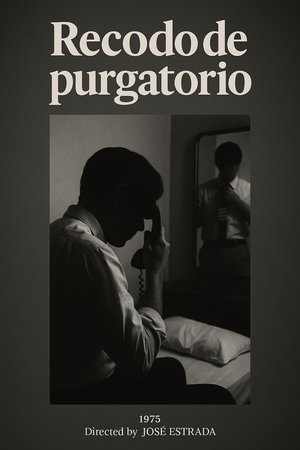 5.0
5.0Recodo de purgatorio(es)
An unnamed man goes to a hotel to commit suicide with pills while listening to songs by Marlene Dietrich. But that act that seems to trigger the mere memory of places and experiences before dying, suddenly merges with other characters and dramatic experiences, which give life to a limit work, of desperate, almost intolerable courage, obstinate in dismantling all institutional discourses of the history of Mexico, without ceasing to use extraordinarily all possible cinematographic resources.
El superflaco(en)
Mad scientist gives Atomic Powers to a 98 pound weakling.
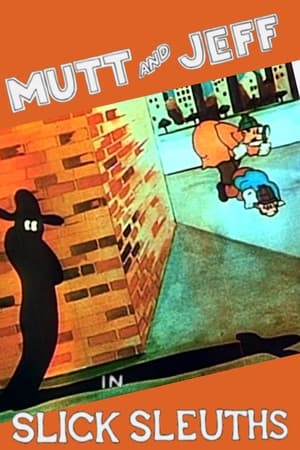 5.4
5.4Slick Sleuths(en)
Private eyes Mutt and Jeff are on the trail of the ghostly shape-shifting criminal, the Phantom.
Similar Movies
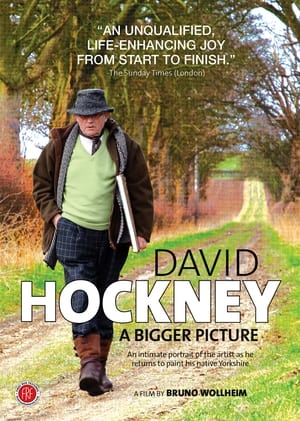 7.0
7.0David Hockney: A Bigger Picture(en)
Filmed over three years, the documentary is an unprecedented record of a major artist at work. It captures David Hockney's return to England after 25 years in California. As he approaches the age of 70, he decides to re-invent his painting from scratch, working through the seasons and in all weathers out in the Yorkshire countryside - ending up with the largest picture ever made outdoors. It is at once the story of a homecoming and an intimate portrait of what inspires and motivates today's greatest living British-born artist as time runs out. Winner of Best Essay award at the International Festival for Films on Art in Montreal and nominated Best Arts Documentary by the Grierson and International Emmy Awards. Premiered on BBC1, the documentary appears in a special extended 60' version.
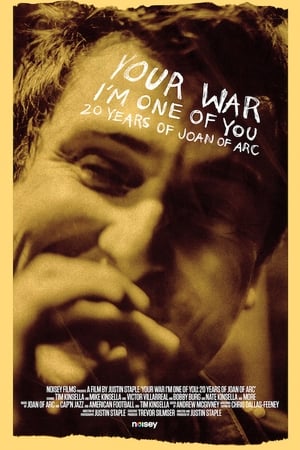 0.0
0.0Your War (I'm One of You): 20 Years of Joan of Arc(en)
Your War (I'm One Of You) chronicles the life and career of Chicago's Tim Kinsella, frontman of ever-shifting band Joan of Arc and '90's pioneers Cap'n Jazz. With appearances from Tim's friends, family, and admirers, we learn what has made his legacy so unique and enduring for more than 20 years.
Artist Unknown(en)
A short documentary on how people view art and its value in today's society.
 0.0
0.0Joseph Cornell: Worlds in a Box(en)
This is a 1991 documentary film about the legendary artist and filmmaker, Joseph Cornell, who made those magnificent and strange collage boxes. He was also one of our great experimental filmmakers and once apparently made Salvador Dali extremely jealous at a screening of his masterpiece, Rose Hobart. In this film we get to hear people like Susan Sontag, Stan Brakhage, and Tony Curtis talk about their friendships with the artist. It turns out that Curtis was quite a collector and he seemed to have a very deep understanding of what Cornell was doing in his work.
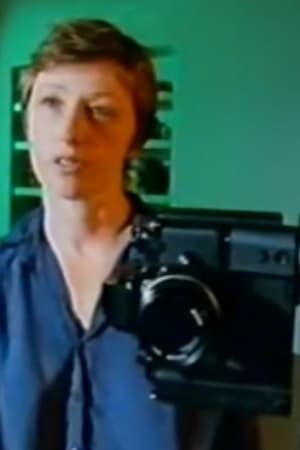 9.0
9.0Cindy Sherman: Nobody's Here But Me(en)
New York based artist, Cindy Sherman, is famous for her photographs of women in which she is not only the photographer, but also the subject. She has contributed her own footage to the programme by recording her studio and herself at work with her Hi-8 video camera. It reveals a range of unexpected sources from visceral horror to medical catalogues and exploitation movies, and explores her real interests and enthusiasms. She shows an intuitive and often humorous approach to her work, and reflects on the themes of her work since the late 1970s. She talks about her pivotal series known as the `Sex Pictures' in which she addresses the theme of sexuality in the light of AIDS and the arts censorship debate in the United States.
 8.5
8.5The Artist’s Garden: American Impressionism(en)
Taking its lead from French artists like Renoir and Monet, the American impressionist movement followed its own path which over a forty-year period reveals as much about America as a nation as it does about its art as a creative power-house. It’s a story closely tied to a love of gardens and a desire to preserve nature in a rapidly urbanizing nation. Travelling to studios, gardens and iconic locations throughout the United States, UK and France, this mesmerising film is a feast for the eyes. The Artist’s Garden: American Impressionism features the sell-out exhibition The Artist’s Garden: American Impressionism and the Garden Movement, 1887–1920 that began at the Pennsylvania Academy of the Fine Arts and ended at the Florence Griswold Museum, Old Lyme, Connecticut.
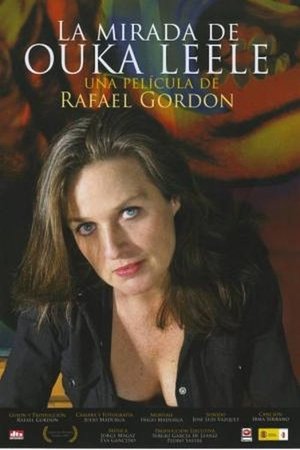 0.0
0.0La mirada de Ouka Leele(es)
Shot over five years. A unique document of the creative work of the most representative artist of her generation. She is a painter (she creates a 240 m mural in the film), and a photographer of icons, which reflect everything human that the spirit contains. Life and thought of an essential artist, creator over three decades of an internationally recognized work and deserving of the National Photography Award. “The Look of Ouka Lele” is the story of how the creativity of a genius develops, his passion and his struggle in thought, painting and photography. Art and existence, united by the effort, talent and beauty of a creator in eternal struggle.
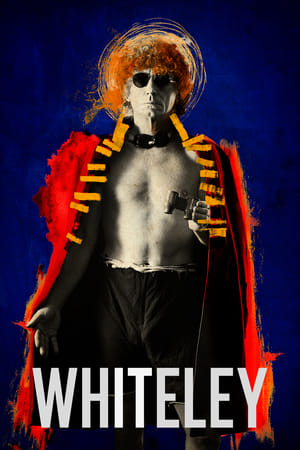 0.0
0.0Whiteley(en)
A visual journey into the life and legacy of one of Australia's most celebrated artists, Brett Whiteley.
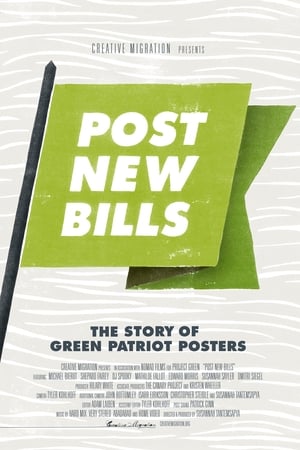 0.0
0.0Post New Bills: The Story of Green Patriot Posters(en)
A short documentary illustrating how art can influence public perception towards environmental issues. Green Patriot Posters is a highly acclaimed multimedia design campaign that challenges artists to deepen public understanding and ignite collective action in the fight against climate change. So far, it has reached five million people through print media, public space and digital culture. The film features interviews with key Green Patriot Posters contributors (Shepard Fairey, Michael Bierut, DJ Spooky, Mathilde Fallot) and its founders (The Canary Project, Dmitri Siegel).
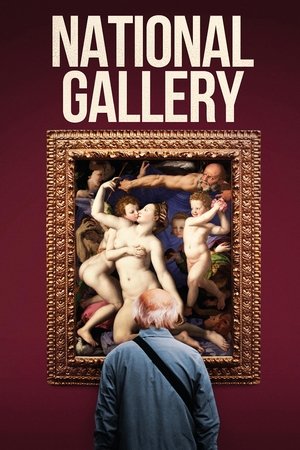 7.4
7.4National Gallery(en)
A portrait of the day-to-day operations of the National Gallery of London, that reveals the role of the employees and the experiences of the Gallery's visitors. The film portrays the role of the curators and conservators; the education, scientific, and conservation departments; and the audience of all kinds of people who come to experience it.
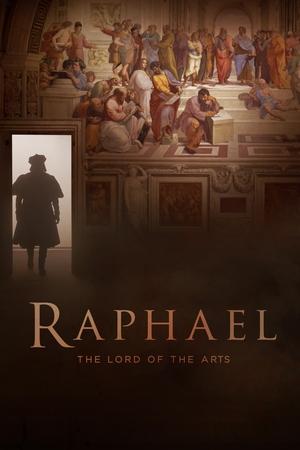 7.7
7.7Raphael: The Lord of the Arts(it)
Raphael: The Lord of the Arts is a documentary about the 15th century Italian Renaissance painter Raphael Sanzio.
 6.4
6.444 Pages(en)
A portrait of Highlights Magazine following the creation of the cultural phenomenon's 70th Anniversary issue, from the first editorial meeting to its arrival in homes, and introducing the quirky people who passionately produce the monthly publication for "the world's most important people,"...children. Along the way, a rich and tragic history is revealed, the state of childhood, technology, and education is explored, and the future of print media is questioned.
 0.0
0.0In the Theatre of the Gogs(en)
A contemplation of art and adventure in the southern wilds of New Zealand by both a landscape photographer and an adventure filmmaker. This film is the unexpected result of their two unique perspectives.
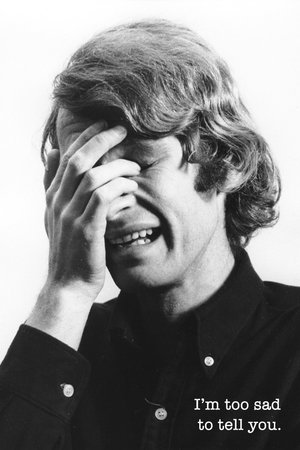 6.0
6.0I'm Too Sad to Tell You(en)
This short film is part of a mixed media artwork of the same name, which also included postcards of Ader crying, sent to friends of his, with the title of the work as a caption. The film was initially ten minutes long, and included Ader rubbing his eyes to produce the tears, but was cut down to three and a half minutes. This shorter version captures Ader at his most anguished. His face is framed closely. There is no introduction or conclusion, no reason given and no relief from the anguish that is presented.
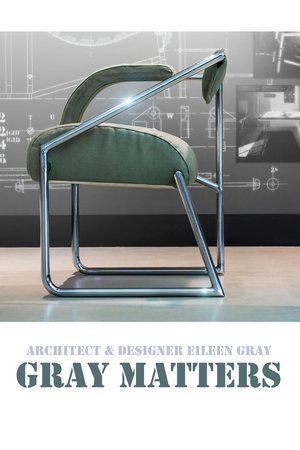 0.0
0.0Gray Matters(en)
Gray Matters explores the long, fascinating life and complicated career of architect and designer Eileen Gray, whose uncompromising vision defined and defied the practice of modernism in decoration, design and architecture. Making a reputation with her traditional lacquer work in the first decade of the 20th century, she became a critically acclaimed and sought after designer and decorator in the next before reinventing herself as an architect, a field in which she laboured largely in obscurity. Apart from the accolades that greeted her first building –persistently and perversely credited to her mentor–her pioneering work was done quietly, privately and to her own specifications. But she lived long enough (98) to be re-discovered and acclaimed. Today, with her work commanding extraordinary prices and attention, her legacy, like its creator, remains elusive, contested and compelling.
